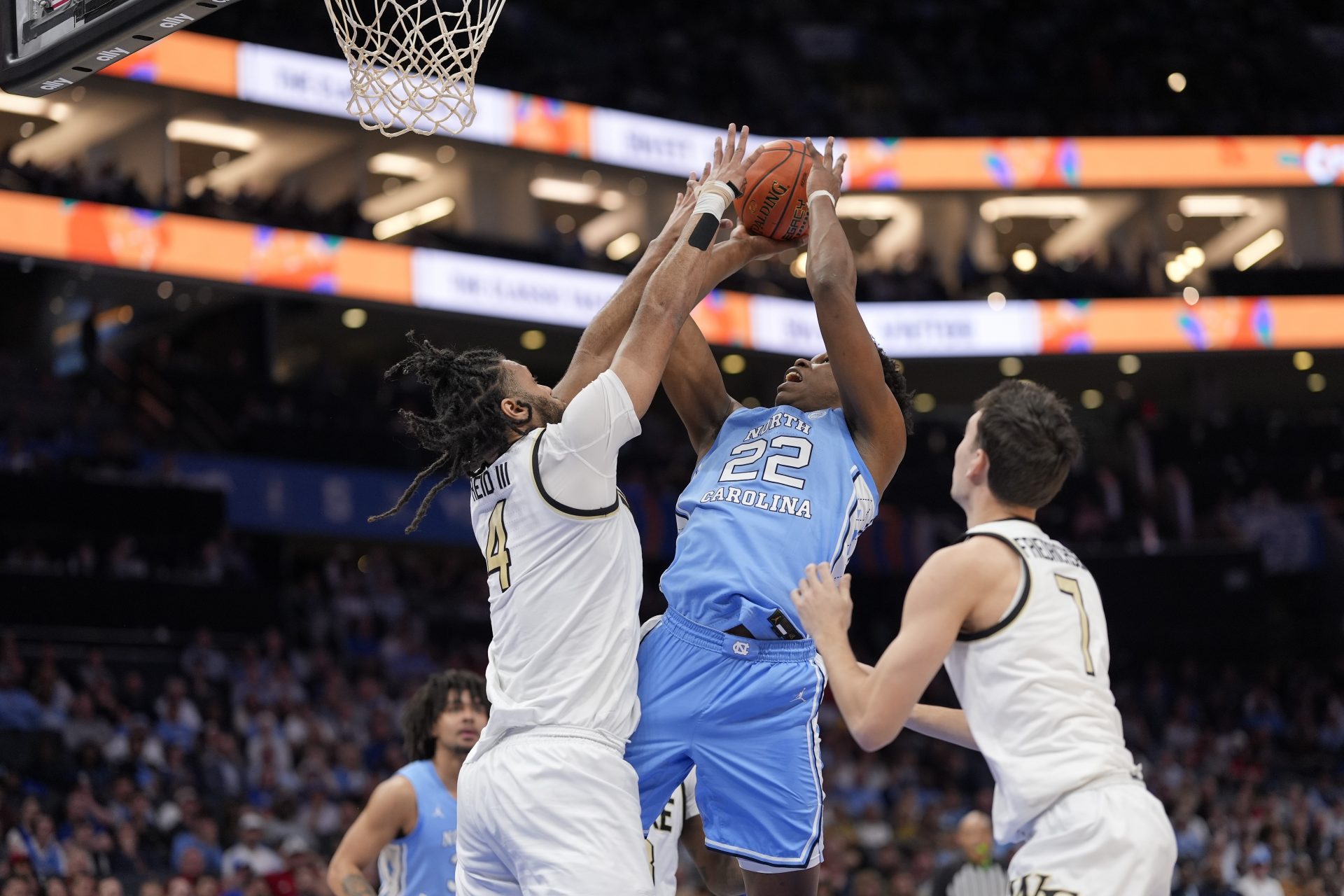According to Jon Rothstein, a notable college basketball reporter, shared via his X handle that NCAA members will postpone discussions on a potential five-year eligibility rule for athletes until a federal judge finalizes the House Settlement.
This decision reveals the complicated connection between athlete compensation, eligibility rules, and the legality of collegiate athletics. As the NCAA seeks this transformative approach, the delay in addressing eligibility extensions may pose significant setbacks for athletes and schools.
The House Settlement
A $2.8 billion antitrust lawsuit resolution is at the heart of the NCAA’s current debate. Filed against the NCAA and its Power Five conferences, the lawsuit, consolidated from cases involving Division I athletes at Arizona State University, the University of Oregon, and the University of Illinois, alleges that NCAA rules on athlete compensation violate antitrust laws.
Specifically, the plaintiffs argue that restrictions on NIL payments and revenue sharing have illegally sabotaged athletes from earning their fair market value.
If granted by U.S. District Judge Claudia Wilken, the settlement will allow for sweeping changes. The NCAA Division I Board of Directors voted on Monday to accept nine legislative proposals that would eliminate 153 amateurism rules from the NCAA handbook.
These changes, which totally hinge on the settlement’s approval, would allow schools to share up to 22% of their annual revenue with athletes, keeping within the bounds of $20.5 million per school.
Additionally, the settlement shares $2.78 billion in back pay to current and former athletes who were denied NIL opportunities since June 15, 2016. Football players are expected to receive 75 percent of these funds, with men’s and women’s basketball players receiving 20 percent and other sports splitting the remaining 5 percent.
NCAA members will not discuss whether or not players will receive five years of eligibility moving forward via legislation until after a final decision on the House Settlement has been made, per an NCAA official.
— Jon Rothstein (@JonRothstein) April 21, 2025
Also introduced in the settlement was a NIL Clearinghouse to monitor agreements and an enforcement arm to ensure compliance with the new financial caps. However, it’s worth noting that not all schools are expected to opt in, as Ivy League institutions have already made known their intent to maintain the current structure.
However, for those that do, the changes are expected to take effect as early as July 2025, pending the judge’s final ruling.
Why the Delay on Five-Year Eligibility?
The NCAA’s move to delay discussions on a five-year eligibility rule is not far-fetched, as it’s directly tied to the uncertainty that clogged the House Settlement. Currently, NCAA rules grant athletes four years of competitive play within a five-year window, with the option to redshirt for one year while still practicing with their team.
Rothstein’s report reads: “NCAA members will not discuss whether or not players will receive five years of eligibility moving forward via legislation until after a final decision on the House Settlement has been made, per an NCAA official.”
This means that NCAA members are waiting for clarity on the House Settlement because its outcomes could fundamentally alter athletes’ eligibility.
KEEP READING: Can College Players Extend Their Eligibility Beyond NCAA? Exploring the 10-Year Possibility
Because the settlement introduces roster limits to manage the increased financial burden of revenue sharing, a move that has drawn scrutiny from Judge Wilken.
In a recent hearing, the judge suggested adjusting these limits to protect athletes who might lose roster position, noting that the proposed caps could get rid of thousands of Divisions I spot nationwide. The NCAA and its conferences, however, argue that such changes would cause “significant disruption,” as outlined in a brief filed on April 15, 2025.
College Sports Network has you covered with the latest news, analysis, insights, and trending stories in college football, men’s college basketball, women’s college basketball, and college baseball!


